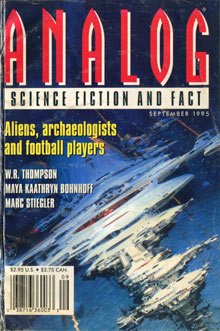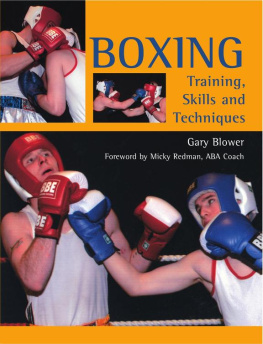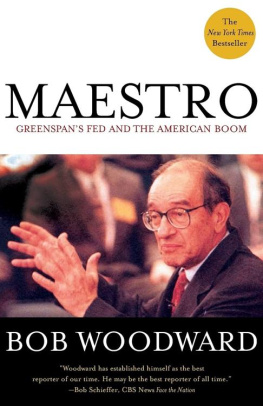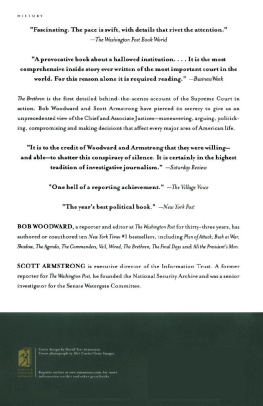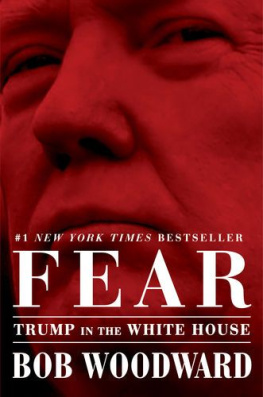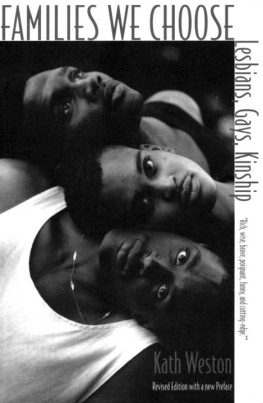
Boxing, Masculinity and Identity
Boxing, with its extremes of violence and beauty, discipline and excess, has always been a source of inspiration for writers and filmmakers. Permeated by ideas of masculinity, power, race and social class, boxing is an ideal site for the exploration of key contemporary themes in the social sciences.
Boxing, Masculinity and Identity: The I of the Tiger explores the changing sociology of identity especially gender identity and the meaning of masculinity through the sport and art of boxing.
Drawing on ethnographic research as well as material from film, literature and journalism, the book takes in the broad cultural and social terrain of boxing. It considers the experience and understanding of:
Masculinity and gendered identities.
Physical embodiment: mind, body and the construction of identity.
Spectacle and performance: links between public and personal social worlds.
Boxing on film: the role of cultural representation and spectatorship.
Methodologies: issues of authenticity and reality in the social sciences.
Boxing, Masculinity and Identity will be of great interest to those following courses in sociology, sport, gender studies and cultural studies.
Kath Woodward is Senior Lecturer in Sociology at the Open University, UK, and a member of the Economic and Social Research Councils Centre for Research on Socio-Cultural Change (CRESC).
Boxing, Masculinity and Identity
The I of the Tiger
Kath Woodward
First published 2007
by Routledge
2 Park Square, Milton Park, Abingdon, Oxon OX14 4RN
Simultaneously published in the USA and Canada
by Routledge
711 Third Avenue, New York, NY 10017
Routledge is an imprint of the Taylor & Francis Group, an informa business
2007 Kath Woodward
Typeset in Goudy by
Keystroke, 28 High Street, Tettenhall, Wolverhampton
All rights reserved. No part of this book may be reprinted or reproduced or utilised in any form or by any electronic, mechanical, or other means, now known or hereafter invented, including photocopying and recording, or in any information storage or retrieval system, without permission in writing from the publishers.
British Library Cataloguing in Publication Data
A catalogue record for this book is available from the British Library
Library of Congress Cataloging in Publication Data
Woodward, Kath.
Boxing, masculinity and identity: the I of the tiger / Kath Woodward.
p. cm.
Includes bibliographical references and index.
1. SportsSociological aspects. 2. BoxingSocial aspects. 3. Gender identity. 4. Masculinity. I. Title.
GV706.5.W66 2006
796.83dc22
2006016938
ISBN10: 0415367700 (hbk)
ISBN10: 0415367719 (pbk)
ISBN10: 0203020189 (ebk)
ISBN13: 9780415367707 (hbk)
ISBN13: 9780415367714 (pbk)
ISBN13: 9870203020180 (ebk)
Contents
For Steve, Richard, Tamsin, Jack and Sophie and my sister Sarah.
For HP who introduced me to boxing and for Col who loved sport.
For Sam who died while I was writing this book.
Copyright for all the images, Empics, Nottingham.
Thanks to Sylvia Lay-Flurrie and Margaret Marchant for all their help with the final typing and getting the book sent off and to Gill Gibson and Lewis Summers of Rotherham Library for their help chasing books and films.
I have benefited enormously from discussions with my colleagues in Open University research groups. I am grateful to Raia Prokhovnik and the Feminist Reading Group for the many stimulating discussions about developments in feminist work and to the psycho-social research group, Wendy Hollway, Peter Redman, Margie Wetherell and Joanne Whitehouse-Hart.
Thanks to Brendan Ingle and all the boxers who talked to me and let me watch them training at the gym in Sheffield.
There is a moment in Ron Howards 2005 film of the life of the boxer James Braddock, Cinderella Man, which stars Russell Crowe as Braddock when
Crowe walks into the ring for the final climactic fight, and the entire arena, packed with extras thousands of them falls silent. This total silence, in such a place and at such a time, is eerie, almost dream-like. And you realise that the dreams of every single person at that moment are riding on this man. Thats the power of film and the performance and, ultimately the power of the game.
(Horowitz, 2005: 3)
This is a moment of identification with a boxing hero. Boxing still has the power to draw in its audiences as well its participants, because the sport and its stories feed dreams and aspirations of success. This moment is about more than the thrill of the fight as the Rocky II theme song, The Eye of the Tiger, goes. It is also about the will to survive. The audience is bound up with the fortunes of Braddock: the white, working-class hero who is taking his chance in the ring, pursuing a path of honour in order to provide for his family. This statement points not only to the power of film, but also to the power of boxing and in particular boxing heroes, especially male heroes. Fantasy and reality are entwined in the construction of such heroic figures. The audience is implicated in the films narrative structure framed around the justice of Braddocks plight and moral course which his actions represent. Whatever the economic and social constraints, this boxing hero seeks to shape his own identity. Those watching buy into this assumed agency and desperately want him to fulfil his dreams. This is a moment in which multiple aspects of identification are condensed. The draw of the fight and the projection of the audiences desires onto the central character combine the psychic investments that people make with the social and cultural meanings about identity that are produced by texts such as films. Of course, this moment is cinematic and not an actual fight. Real fights are not the sanitized drama of Hollywood. Boxing aficionados are keen to argue that boxing is real, it is not a drama (Oates, 1987), but it is a major argument of this book that fantasy and reality are inextricably combined. Public stories, symbolic representations, unconscious desires and anxieties and embodied experience and iterative practices are all constitutive of identity. The mechanisms in play at such moments as represented in Cinderella Man and more widely, for example in the more routine, everyday practices through which identities are reconstituted and the investments in such heroic (and not-so-heroic) figures of masculinity are what this book is about. Such boxing moments present a means of exploring the interrelationship between psychic and social dimensions of identity and, more specifically, of understanding the making and re-making of masculinities.
These processes of identification, whether of boxers themselves, the audience of such films and spectators of the sport itself and those who buy into its culture, are not straightforward. The film narrative of Cinderella Man and the real-life biography of its hero may be a simple story of good and evil and present an honourable route out of poverty and disadvantage, but the attraction of boxing and the pull of a heroism that depends on this version of masculinity are more puzzling. Boxing masculinities carry many of the features of traditional, hegemonic masculinity. It is a sport characterized by corporeal contact, courage, danger and in some cases violence, which might seem out of place in the contemporary world of change and fragmentation and the emergence of more ambiguous, less traditional gender identities. One might also expect to find resistance to the challenge of new masculinities and strong ties to more traditional, gendered identities in boxing. This raises questions about how different identities can cohabit in a terrain of transformation. What is the relationship between contradictory versions of masculinity and how do they coexist? Sport is often characterized by gender divisions and inequalities and hence polarized gender identities. There is a tension between the increased opportunities offered by sport and resistance to change, although sport remains a site of resistance, especially in terms of transforming masculinities (Messner, 2002). Such tensions are highlighted in boxing. Boxing is still something of an anomaly in a world of transforming gender relations and the emergence of greater social inclusion and equality in social relations based on gender, race, ethnicity, sexuality and dis/ability. If boxing is a bastion of traditional masculinities, how does this persist in a climate of change, for example when even feminists argue that we live in post-feminist times? Or is there less radical transformation taking place in the wider world? How do these identifications operate for women? The attraction of boxing, not only to participants, but also to spectators, fans and all involved in its culture suggests that such versions of masculinity retain strong, if contradictory, claims.




